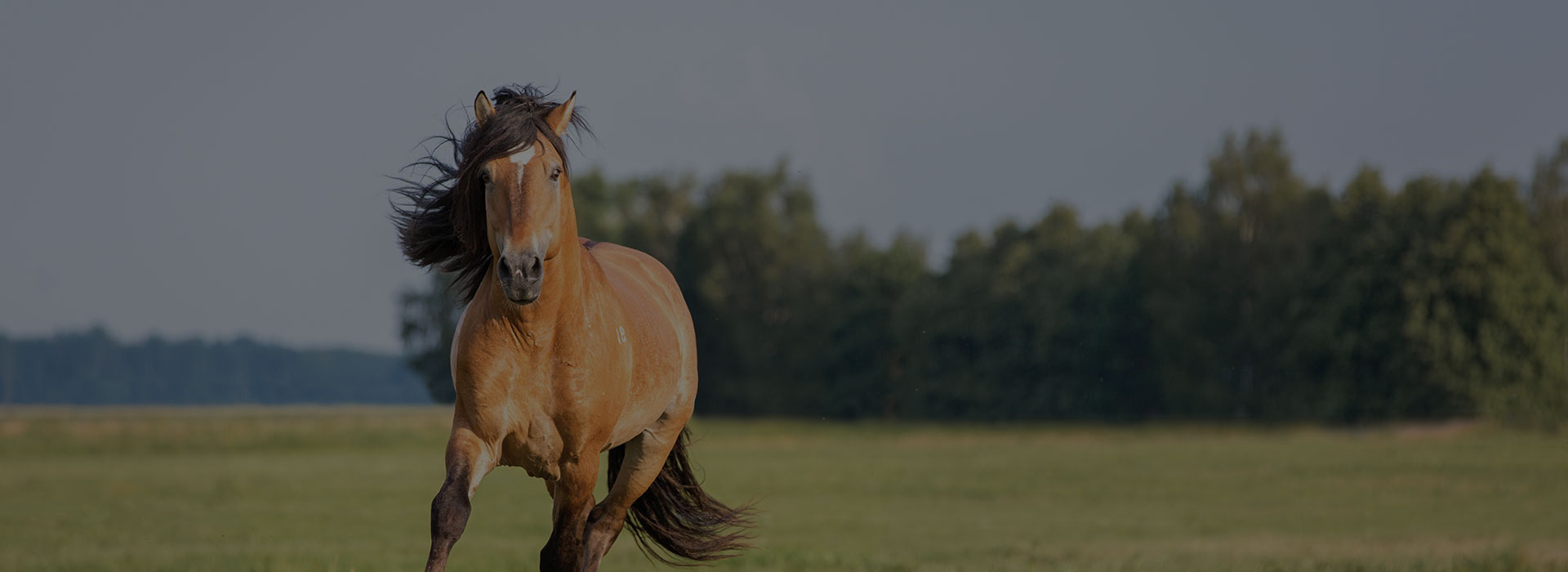
Health & Nutrition
You are what you eat, and so are your horses. At Castlereagh Feeds we jampack our bags with loads of natural goodness and freshness. We use only the best quality Australian grown, all natural, wholesome grains and use only high-quality steam cut lucerne chaff and lucerne meal. You and your horse deserve only the best, so why not try one of our great tasting feeds, ensuring a happy and healthy animal.
Processing is minimal to help every grain hold its’ natural goodness that can be lost through over processing, cooking or extruding. Our gentle steam pelleting process locks in the natural nutrition for easier digestion and absorption.
To obtain FeedSafe® accreditation, feed manufacturers are required to undergo annual site audits, these being conducted by independent third-party food safety auditors.
FeedSafe® is a program aimed at increasing the commitment of the Australian stock feed industry to quality assurance and risk mitigation in the manufacture and use of animal feeds. The SFMCA through FeedSafe® has recognised the need for a broader industry approach to feed and food safety and is providing greater security of supply to Australia’s livestock industries. Feed manufacturers are required to implement HACCP as part of their accreditation.
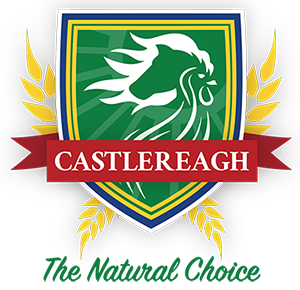
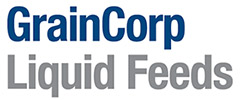
Castlereagh feeds are proud to use Molafos Ez-Glo manufactured by GrainCorp Liquid Feeds
The EzGlo is a molasses blend containing canola oil, fresh from GrainCorp’s canola crushing plant in country Victoria. Molafos EzGlo is a high energy, palatable and sweet smelling product that reduces dust and settling in Castlereagh feeds products.
Our supplier, GrainCorp Liquid Feeds is a leading Australian manufacturer of molasses-based feed supplements and a major supplier of molasses and vegetable oil to the Australian livestock industry. GrainCorp is a Feedsafe Accredited Australian Company, using canola oil from their canola crushing plant in Victoria which is RAM Free and Animal Fat Free.
For more information visit www.liquidfeeds.com.au
SUITABLE FOR SPECIES OF CATTLE, SHEEP, GOATS & HORSES
SUITABLE FOR USE IN: Chaff based, Meal based, Grain based and Pelleted Feeds
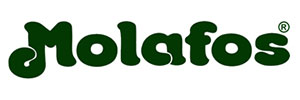
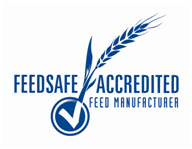

Communicable Diseases Factsheet – Hendra Virus
Hendra virus is a virus that mainly infects large fruit bats (flying foxes) which can be passed on to horses. The infection has occasionally been passed onto people who have been in close contact with an infected horse.
Download the Hendra virus factsheet below to learn more.
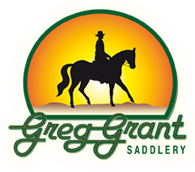
Horses and Poisonous Plants
Most horses owners are unaware of many of the plants in Australia that are poisonous or toxic to horses.
The number of plants that are potentially harmful to horses number in the thousands. Most toxic plants are not attractive, nor palatable, to horses however there are always horses that are curious or, if feed is low, the plants become a more attractive proposition. In many cases horse only need to consume a very small amount of leaves and/or fruit to cause poisoning, in other cases the toxins are built up over a period of time.
The following is just a very small portion of some of the toxic plants currently found in Australia:
- Prunus
- Paterson’s Curse
- Potatoes
- Tomatoes
- Avocado
- Oleander
- Red Maple
- Nightshades
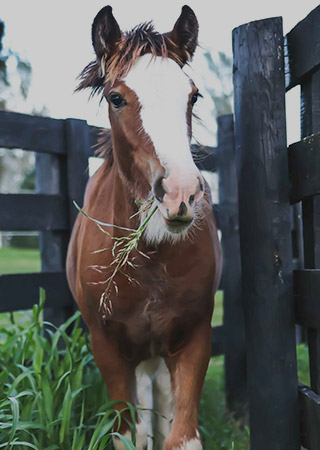
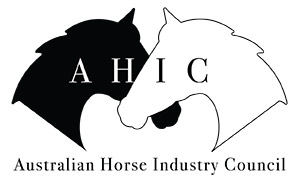
Plants Poisonous to Horses
Many plants that grow in Australia are potentially poisonous to horses. Such plants can cause considerable economic and welfare problems for horses. Many plants that grow in Australia are potentially poisonous to horses. Such plants can cause considerable economic and welfare problems for horse owners. Under most circumstances, horses will avoid consuming toxic amounts of poisonous plants. However, some poisonous plants are palatable to horses and some need only be consumed in very small amounts to cause poisoning. Horses may choose to eat poisonous plants when there is little alternative forage. Also, seasonal conditions may influence the toxicity levels of certain plants, making them more deadly at various times of the year.
An awareness of toxic plants growing in Australian and an understanding of the factors that influence the risk of poisoning will help horse owners keep their horses safe. Pasture management decisions and landscaping decisions should be made with consideration to plants that are potentially poisonous to horses.
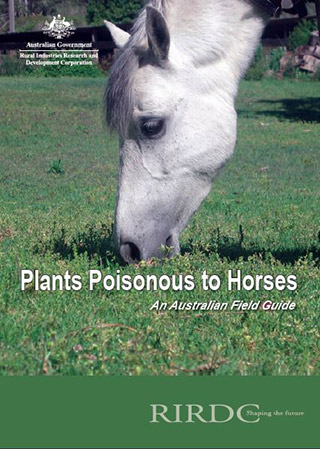

Normal signs of behaviour before and including foaling in mares
Veterinarian Angela Smith BVSc outlines the foaling process and signs to look for in a mare who is about to deliver.
Before foaling
One of the first signs is the distended udder. During the last month the udder usually enlarges. The mare’s udder may fill up at night while she is resting and shrink during the day while she exercises. When the udder remains full throughout the day then foaling is probably imminent. The mare should be watched closely.
Filling of the teats
As the udder enlarges. The upper portion of the teat is stretched in a manner that is difficult to distinguish it from the rest of the udder. The lower portion of the teat remains small but as foaling gets nearer the teat enlarges and is reflected outward by the increasing pressure from within the udder.
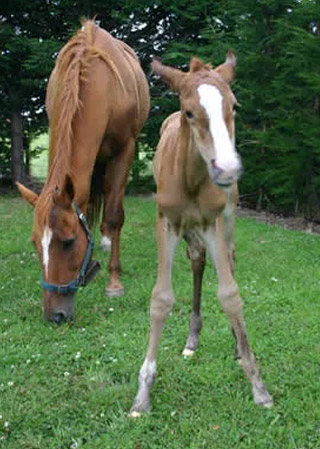


PREMIUM LAYER PREMIX
The Premium Layer Premix is a high quality, well-balanced vitamin and trace mineral premix. It has been designed to aid in the prevention of vitamin & mineral deficiencies of high producing Layers in commercial situations. It is suitable for Intensive, Barn-Laid and Free Range production systems.
KEY FEATURES OF THIS PREMIX:
- VITAMIN A
- VITAMIN D3
- VITAMIN B GROUP
- VITAMIN E and SELENIUM
- COPPER
- MANGANESE
- ZINC
- ANTIOXIDANT





